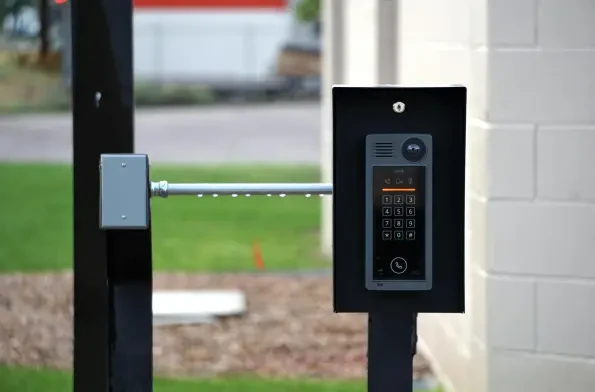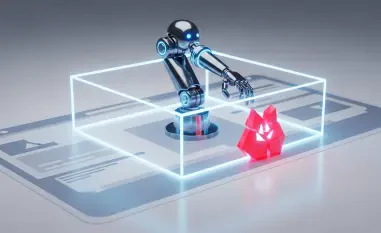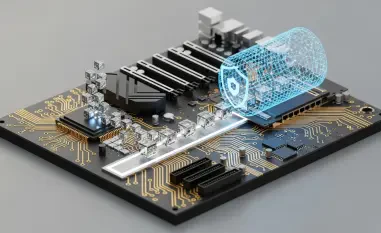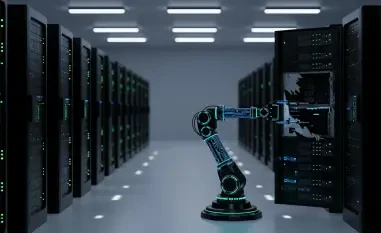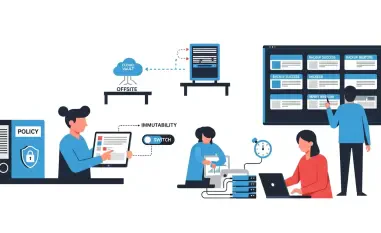Diving into the world of smart building technology, I’m thrilled to sit down with Malik Haidar, a renowned expert in cybersecurity and building security solutions. With a career dedicated to safeguarding multinational corporations through innovative strategies, Malik brings a unique perspective on how even the simplest components, like doors and door closers, play a pivotal role in the intelligent buildings of tomorrow. Today, we’ll explore the evolution of smart buildings, the surprising importance of door hardware, and how integration is shaping the future of secure and efficient spaces.
How would you define a smart building, and what sets it apart from traditional structures?
A smart building is essentially a structure that uses interconnected technology to monitor, manage, and optimize its operations in real time. Unlike traditional buildings, which operate on static systems, smart buildings leverage IoT devices, sensors, and analytics to adapt to the needs of users and managers. Think of features like automated lighting, climate control, and access systems that communicate with each other. These elements not only enhance user comfort but also streamline management by providing data-driven insights, making the building more secure and energy-efficient compared to older designs.
What can you tell us about the projected growth of the smart building market, and what’s fueling this trend?
The numbers are staggering. Analysts predict the global IoT market in commercial buildings could reach around $101 billion by 2030, growing at a steady pace of nearly 8% annually. Even more striking, some forecasts suggest the market could expand from $143 billion in 2025 to over $548 billion by 2032, with a growth rate of more than 21% per year. What’s driving this is a mix of demand for security, sustainability, and efficiency. Industries like offices, retail, and hospitality are jumping on board early because they see immediate benefits—better user experiences, lower operating costs, and tighter security through connected systems.
Why are doors often seen as the starting point for smart building technology?
Doors are literally and figuratively the entry point to a building’s ecosystem. They’re the first interaction most people have with a space, whether they’re visitors or staff, and they set the tone for security and functionality. A door equipped with smart technology can control access, monitor movement, and integrate with other systems. If a door doesn’t function properly—say, it’s left ajar—it can compromise everything from security protocols to energy efficiency. So, ensuring doors are reliable and intelligent is foundational to the whole concept of a smart building.
Can you explain the critical role door closers play beyond just shutting a door in these environments?
Absolutely, door closers are far more than basic hardware. They’re a linchpin in multiple aspects of a smart building. For security, they work hand-in-hand with digital locks to ensure doors close reliably, preventing unauthorized access or tailgating. In terms of safety, especially during emergencies like fires, certified closers can be integrated with alarm systems to automatically shut fire doors, aiding evacuation and compliance with regulations. They also support energy efficiency by maintaining climate zones—keeping doors closed helps HVAC systems run optimally, avoiding unnecessary energy loss from temperature imbalances.
How do intelligent door closers integrate with other systems in a smart building?
Integration is where the magic happens. Intelligent door closers are designed to connect with broader building management systems, communicating with access control, fire alarms, and even HVAC platforms. For example, a door closer might signal an access system to log entry data or alert HVAC to adjust based on room occupancy. This kind of synergy makes the building more responsive—think real-time adjustments to security or energy use. It’s not just about closing a door; it’s about contributing to a network that makes the entire space smarter and more efficient.
What makes the design of modern door closers stand out in terms of performance and adaptability?
Modern door closers are engineered with a focus on durability, performance, and even aesthetics. They’re built to withstand heavy use while meeting strict standards, like compliance with fire safety regulations. What’s really impressive is how they’re increasingly designed with smart environments in mind. They’re not standalone anymore; they’re crafted to be responsive, working alongside other components to address access, safety, and energy needs. This adaptability ensures they’re not just hardware but active contributors to a building’s intelligence.
What is your forecast for the future of smart building technology, especially regarding security and integration?
I see smart building technology continuing to grow at an incredible pace, with security and integration at the forefront. As threats evolve, we’ll likely see even tighter connections between physical components like doors and digital systems like cybersecurity networks. The focus will be on creating seamless, predictive systems—buildings that can anticipate issues before they arise, whether it’s a security breach or an energy spike. I believe we’re heading toward a future where every element, down to the smallest door closer, plays a role in a fully autonomous, secure, and sustainable environment.
